|
As a plant geek, I love finding plants that fit into certain obscure categories and incorporating them in my landscape. Plants that bloom in winter, for instance, or plants with flowers that you can smell before you can see, or plants that have a unique backstory are just a few classifications that come to mind. At least one plant fits into all three of those categories - Edgeworthia chrysantha.
won’t have to lean in close to notice. The scent is very pleasant and similar to that of gardenia. Flowers last quite a while, perhaps into early April, depending on the weather.
Ever wonder how plants are named? In the case of Edgeworthia, it was named by an Irish botanist, Michael Edgeworth, and his half-sister, Maria. The species chrysantha refers to the golden yellow flowers typically associated with the plant. As with many plants, there are also multiple common names floating around, including paperbush, paper plant, rice paper plant, and oriental paper bush. Many of the common names are derived from the fact that some Asian cultures peel Edgeworthia’s bark to use as paper. There aren’t many cultivars on the market, though ‘Snow Cream’ is reported to have larger flowers and leaves than the species, and ‘Red Dragon’ has orange-red blooms that unfortunately are not fragrant. Photos and information found at NC extension Gardener Plant Toolbox: https://plants.ces.ncsu.edu/plants/edgeworthia-chrysantha/ Matthew Stevens is the County Extension Director and horticulture agent for North Carolina Cooperative Extension’s Pitt County Center. If you have any questions about this article or other aspects of your home gardening, please contact the Pitt County Master Gardener Infoline at 252-902-1705.
0 Comments
Most successful amateur and professional landscapers strive to create landscapes that are interesting and attractive year-round. It may not seem quite as easy to find plants to include in your landscape that are interesting during the winter months, but there are many plants which bloom during the colder months and bring much needed color to our largely dormant landscapes. One of my favorite winter-blooming plants is the hellebore, or Lenten rose.
Bloom color ranges from white to pink to purple to red, with nearly every shade in between represented. The individual blooms are cup shaped and arise from the tip of each stem. Blooms are incredibly long-lasting and while the color may fade from the start of bloom to the finish, that dynamic color change is itself interesting to watch. The glossy green foliage complements the flowers well, and because the flowers are borne at the tips, the dense foliage does not typically obscure them. Often times the cup shaped flowers will point downward, in which case I suppose they more accurately resemble a bell than a cup, but they are still quite easy to find when in full bloom.
Helleborus foetidus is a fabulous landscaping plant. There are two many cultivars and varieties of Lenten rose to name, but the Ice N’ Roses and Frostkiss series are particularly popular. I enjoy the Frostkiss series for the prominence of the veins on each leaf, which gives the plants an almost variegated appearance. Lenten roses are generally pest-free and quite hardy, though you may need to clean up old foliage from time to time to keep the plants looking their best. They will occasionally get crown rot in wet soils, or leaf spot if too much moisture accumulates on their leaves, so erring on the dry side is usually best. On January 27, the Pitt County Extension Master Gardener volunteers will be hosting their annual speaker’s event, featuring retired Virginia Zoo Landscape Coordinator Marie Mims Butler. This yearly event is always a popular gathering for gardening enthusiasts! Tickets are now on sale at the Pitt County Cooperative Extension office and at Wild Birds Unlimited in Greenville. Matthew Stevens is the County Extension Director and horticulture agent for North Carolina Cooperative Extension’s Pitt County Center. If you have any questions about this article or other aspects of your home gardening, please contact the Pitt County Master Gardener Infoline at 252-902-1705.
Photos and information found at NC extension Gardener Plant Toolbox: https://plants.ces.ncsu.edu/plants/helleborus-orientalis/ By Matt Stevens, Pitt County Extension Director & Horticulture Agent One of my favorite parts about winter landscapes is that when all the leaves have fallen, certain other plant characteristics become much more noticeable. Many plants, it turns out, have interesting bark, colorful stems, or even unique architectural arrangements of branches that tend to be obscured the rest of the year by the leaves. If you are a plant nerd like me, you always have an eye out for plants that have these interesting attributes that shine in winter. One particularly interesting plant that stands out in winter months is Corylus avellana, ‘Contorta’, commonly known as Harry Lauder’s walking stick.
Walking stick is a grafted plant, and gardeners who grow this plant must pay attention to the suckers that emerge from below the graft union. These suckers will not have the contorted characteristic; rather, they will grow straight and quite tall if not removed. The suckers also tend to have large wide leaves that will obscure the intricacies of the twisted bark above. Other than this suckering and some occasional feeding from pests like Japanese beetles and tent caterpillars, walking stick is a relatively easy plant to grow with few problems. Avoid planting it in excessively wet areas, and plant in full sun to partial shade.
Photos from and further information at: https://plants.ces.ncsu.edu/plants/corylus-avellana-contorta/ |
Matt Stevens
Pitt County Extension Director & Horticulture Agent Archives
July 2024
Categories |
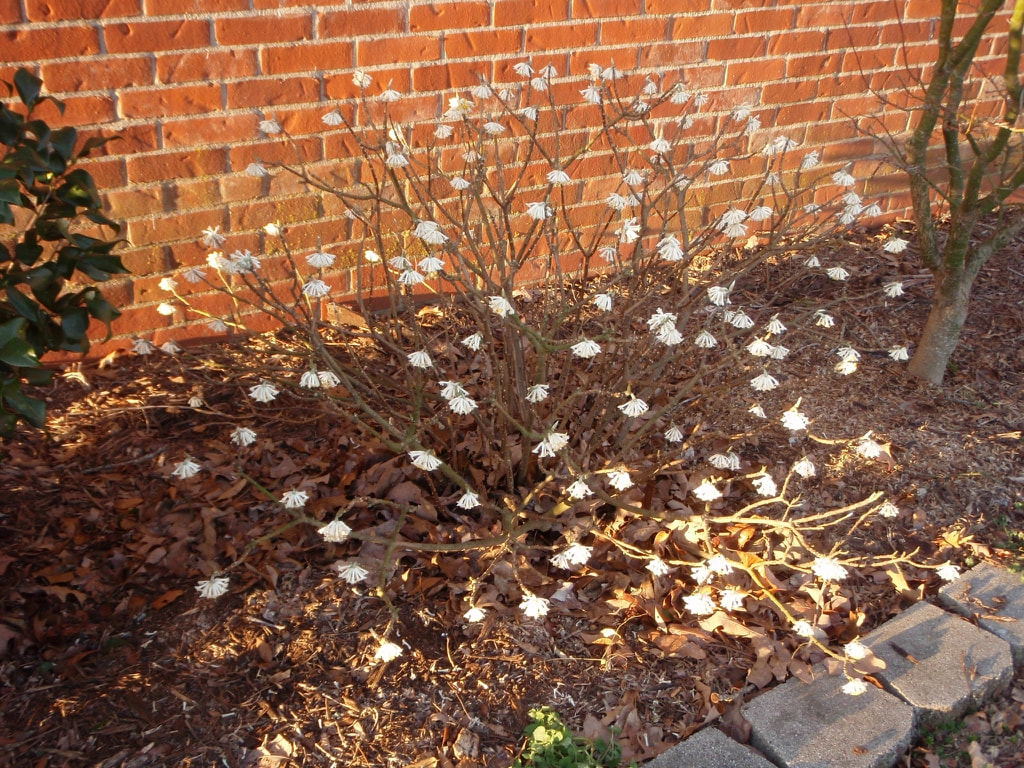

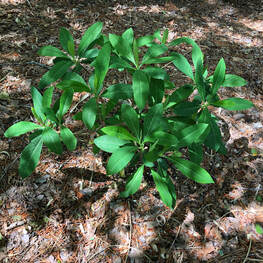
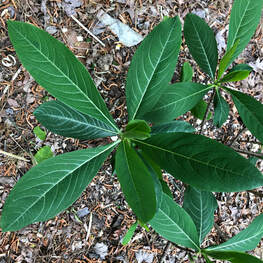
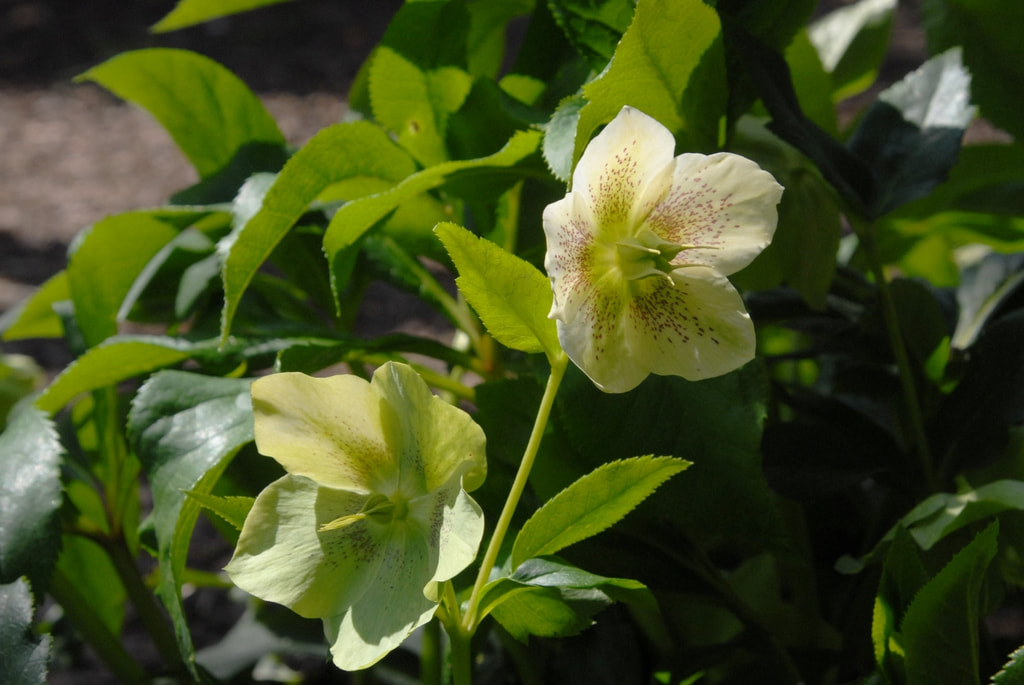
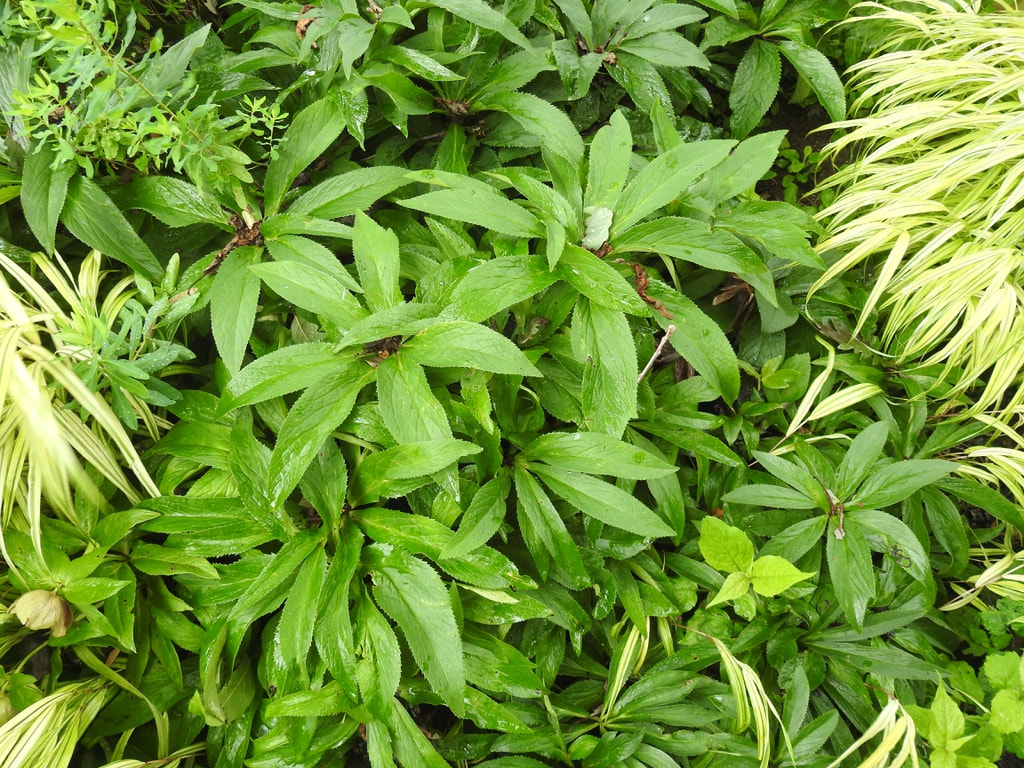

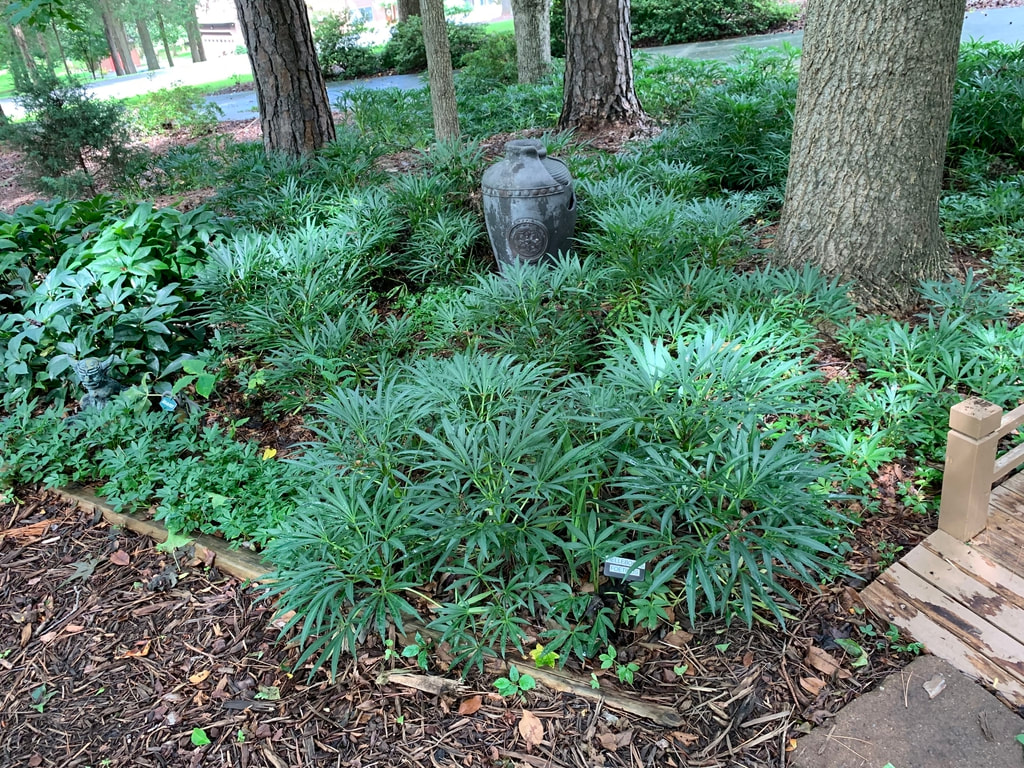
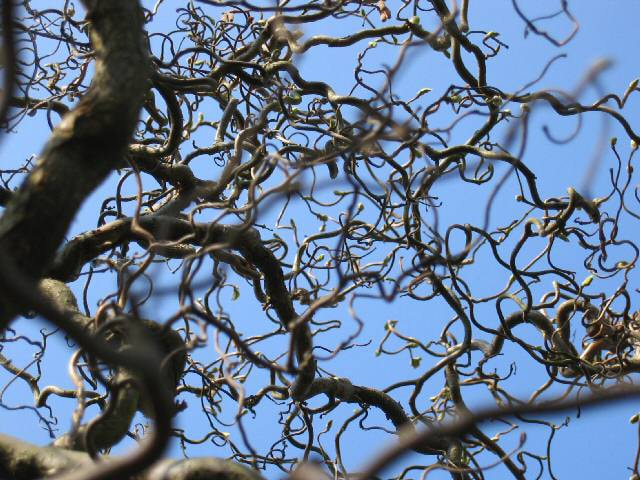
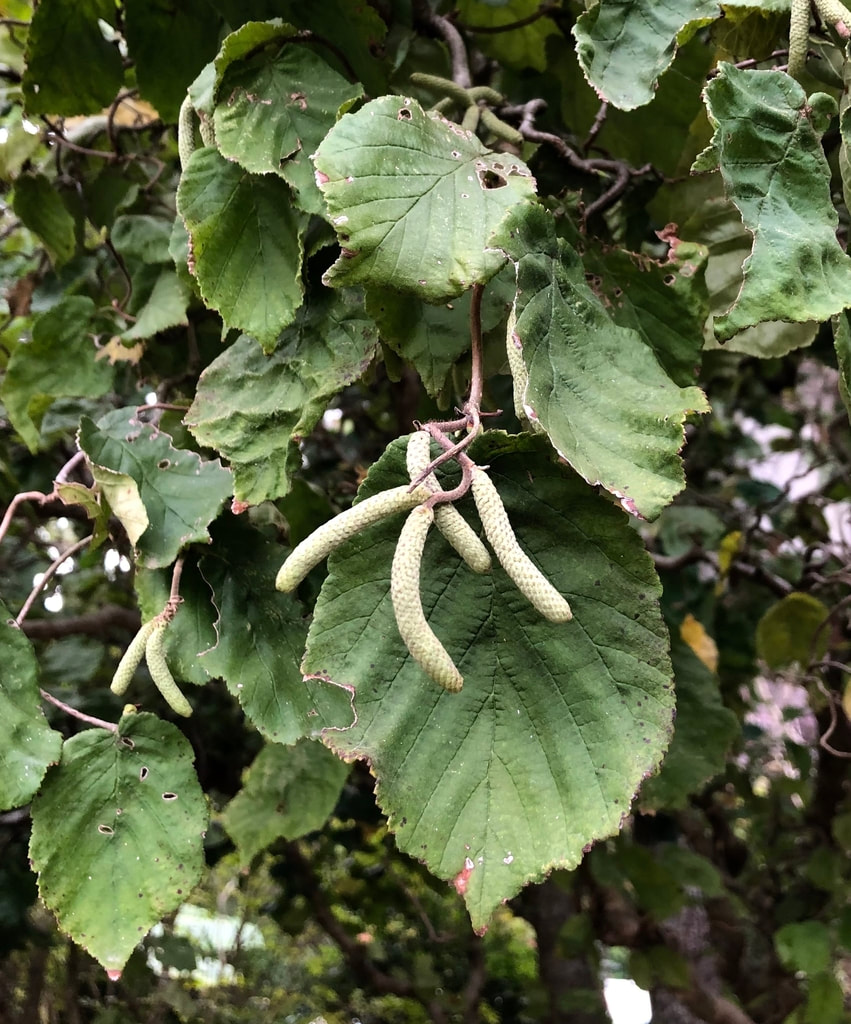

 RSS Feed
RSS Feed